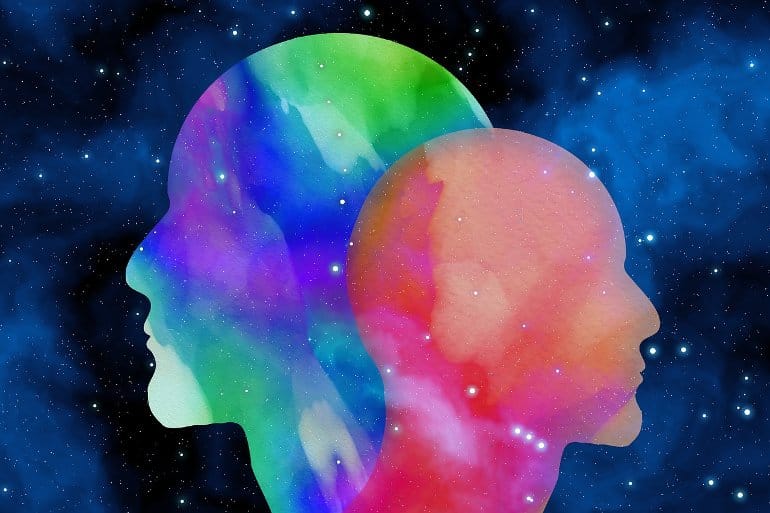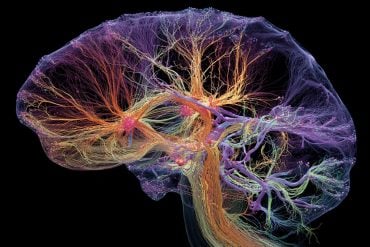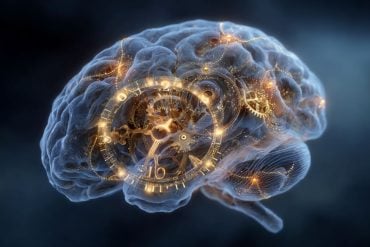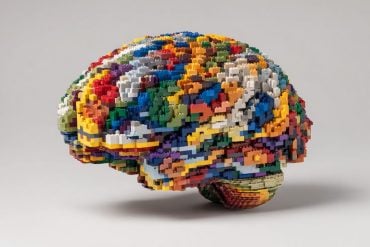Summary: Child abuse and neglect affect men and women differently, a new study reports. Women are more affected by childhood emotional trauma and sexual abuse, whereas men are more affected by childhood physical and emotional neglect.
Source: European Psychiatric Association
A new study shows that men and women are affected differently by childhood trauma: women are more affected by childhood emotional trauma and sexual abuse, whereas men are more affected by childhood emotional and physical neglect.
Lead researcher, Dr Thanavadee Prachason (from the University of Maastricht in the Netherlands) said, “Our findings indicate that exposure to childhood maltreatment increases the risk of having psychiatric symptoms in both men and women.
“However, exposure to emotionally or sexually abusive experiences during childhood increases the risk of a variety of psychiatric symptoms particularly in women. In contrast, a history of emotional or physical neglect in childhood increases the risk of having psychiatric symptoms more in men.”
This work, presented at the European Congress of Psychiatry in Paris, is the first systematic research to link the gender-specific effects of childhood and neglect with mental health outcomes.
An international team from the Netherlands, Turkey, Italy, Belgium, the UK, and the USA analysed data from 791 volunteers on trauma in their childhood. They were also tested for current psychiatric symptoms such as phobias, anxiety, depression, obsessive-compulsive disorder, interpersonal sensitivity, and other symptoms.
The researchers were then able to associate the type of childhood trauma with the symptoms shown as adults.
They found that both men and women with a high score for childhood trauma were significantly more likely to show psychiatric symptoms as adults. The analysis showed that both men and women were affected by childhood emotional abuse, but that this association was around twice as strong in women as in men.
“Women who had been sexually abused in childhood had more subsequent symptoms than those who hadn’t, but this pattern wasn’t found in men.
In contrast, childhood neglect, both physical and emotional, were linked to later psychiatric symptoms in men, but not in women. Dr Prachason said, “Physical neglect may include experiences of not having enough to eat, wearing dirty clothes, not getting taken care of, and not getting taken to the doctor when the person was growing up.
“Emotional neglect may include childhood experiences like not feeling loved or important, and not feeling close to the family”.

Senior researcher, Professor Sinan Guloksuz (University of Maastricht) added, “Childhood trauma is a widespread problem. It is difficult to gather accurate statistics, but a systematic review estimated that up to 50% of children worldwide had suffered from trauma in the previous year.
“A number of studies have shown that childhood trauma contributes to a variety of mental health problems, and it is estimated that, worldwide, around one-third of all psychiatric disorders are related to childhood trauma: childhood trauma is a leading preventable risk factor for mental illness”.
Commenting, Professor Philip Gorwood, Université de Paris, Institut Psychiatrie et Neurosciences de Paris) said:
“This is an important finding, as childhood trauma has been clearly recognized as a major risk factor for the vast majority of psychiatric disorders, but with poor knowledge of gender specificities. Understanding which aspects of trauma are more damaging according to gender will facilitate research on the resilience process. Many intervention strategies will indeed benefit from a more personalized approach”.
Professor Gorwood is ex-President of the European Psychiatric Association. This is an independent contact, Professor Gorwood was not involved in this work.
Funding: This research is supported by the YOUTH-GEMs: Gene Environment interactions in Mental health trajectories of Youth project funded by the European Union’s Horizon Europe program under the grant agreement number: 101057182.
About this mental health research news
Author: Press Office
Source: European Psychiatric Association
Contact: Press Office – European Psychiatric Association
Image: The image is in the public domain
Original Research: The findings will be presented at the 31st European Congress of Psychiatry







